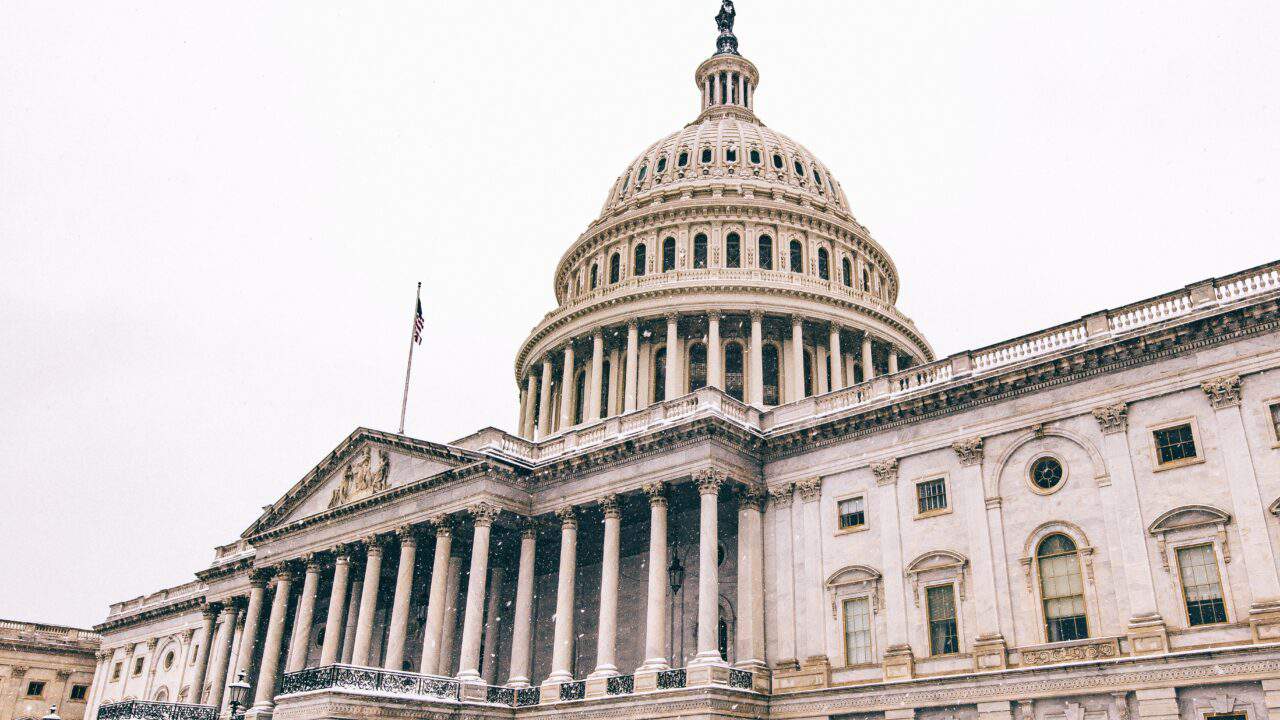 Photo by Caleb Fisher on Unsplash
Photo by Caleb Fisher on Unsplash
Americans for Tax Reform supports the Tax Relief for American Families and Workers Act of 2024 which extends key pro-growth tax cuts from the 2017 Trump Tax Cuts and is a crucial step in achieving full permanency.
Evaluating this tax deal requires a proper assessment and understanding of the bill’s increase in the Child Tax Credit (CTC). This post addresses three common concerns that have been raised and details why they are unwarranted.
Concern #1: The Child Tax Credit Weakens Work Incentives
Protecting existing work incentives in the Republican designed Child Tax Credit enacted in the 2017 Trump Tax Cuts was a top priority for Americans for Tax Reform in evaluating this bill.
Analysis released yesterday from the Joint Committee on Tax (JCT) found the CTC provisions in the tax deal actually increase the labor supply.
Here it is, straight from the JCT analysis (bold added for emphasis):
“While the increase in productive capital increases labor demand over the first half of the budget window under the bill, and the proposed expansion of the child tax credit on net increases labor supply, the increase in after-tax household income has a small, offsetting income effect that reduces labor supply. Therefore, the Joint Committee staff estimates that the increase in aggregate effective labor supply relative to the baseline forecast is too small to be significant.”
Labor supply increases because the legislation enhances work incentives for low-income earners. The most substantial policy change to the CTC in this bill is a change in the calculation of work requirements.
The bill maintains the $2,500 income requirement under current law to be eligible for refundable payments. It also maintains the 15% phase in rate under current law, meaning every $100 in income over $2,500 results in $15 of refundable credit eligibility.
What the bill changes is to allow the phase in to occur concurrently for each child. This means a low income earner with more than one child will have a significant incentive to enter the workforce and begin collecting CTC payments. This incentive causes a slight increase in the labor supply.
Concern #2: CTC is Altered to Send Payments to Non-citizens
There is absolutely no change from the Trump policy enacted in the 2017 tax cuts. There are no “anchor baby bonuses” in this bill as one organization alleged. The requirement for a Social Security number imposed in TCJA remains untouched in this bill. Any claim that this bill makes changes to requirements for a Social Security number are flatly false.
To oppose this legislation for failing to change current law is to oppose the Trump Administration’s CTC policy imposed in the Trump Tax Cuts.
Concern #3: CTC Payments are Politically Timed to Help Biden Win the election.
Under this bill, IRS issued refunds will happen as they always do – in the Spring and early summer. There are no October payments in the lead up to the election. The IRS has confirmed that it will update its systems and transmit any adjustments to tax refunds roughly six weeks after the bill’s enactment.
During the committee markup, the Ways and Means Committee inserted specific language the forces the IRS to process return adjustments “as expeditiously as possible” that would render any political game playing from the Biden Administration to delay returns as clearly illegal.
The most charitable explanation of how rumors to the contrary have sprung up would be a continuation of concerns from negotiations that Democrats may attempt to play political games with refund dates. Any such attempts were clearly prevented during bill drafting and additional protections to prevent this were added.

